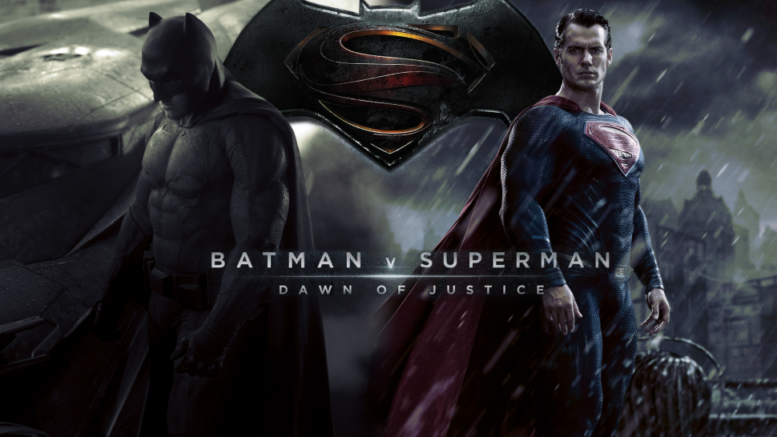Critics hate Batman V Superman: Dawn of Justice but I’m here to tell you they’re wrong.
For weeks now, they have been gleefully hulk-smashing the film in publications as varied as Deadspin, The Chicago Tribune and The New York Times (twice!). Some cringed at the very idea of these two caped crusaders facing off as enemies (after all, they were friends on my lunchbox!), some raged against the solemn tone of the movie (superheroes are for kids, this should be fun!) and some argued that it was all just too much- too much violence, too many plot points, too long, too much to think about.
None of these criticisms are completely unfounded- this is a serious film about two iconic heroes who engage in a battle that threatens their very existence; and there is violence, some that borders on hyper-realistic and other sequences that veer into the realm of the fantastic and nightmarish- and the film does go on for nearly two and a half hours. But it is a stylish film, shot with an aesthetic that will remind viewers of director Zach Snyder’s other comic book-based movies Watchmen and 300, and it is a thought-provoking film that brings up questions of ethical decision making and living with the weight of our choices.
The dark tone of Batman V Superman shouldn’t come as a surprise to anyone who has seen the recent Batman trilogy, directed by Chris Nolan (who serves as Executive Producer on this film), or Man of Steel, the precursor to this film. There is a consistency in this universe that takes its inspiration, at least in part, from the Frank Miller’s 4-part comic book series, The Dark Knight Returns, which signaled a shift in the medium towards darker stories and more mature content.
The movie begins with a clever alternative point of view sequence of the climactic fight between Superman and his Kryptonian nemesis General Zod from the Man of Steel movie. This time, however, we see the fight from the distinctly human perspective of Bruce Wayne, Batman’s alter-ego. The opening scenes evoke images of the attacks on 9/11 and they serve as the motivation for Batman’s crusade against Superman. They can be tough scenes to watch- a man calling his wife from a building that is about to collapse, a child standing amidst rubble looking for her parents- but they speak to the idea that there are very real consequences for violence and mayhem, in a genre that more often than not depicts regular people as a shrieking mass of bystanders who are of little or no consequence to the story.
There are certainly other “ripped from the headlines” themes explored in the movie- immigration, xenophobia, terrorism, national security, torture, vigilantism- that make this movie more than a typical superhero rock ‘em sock ‘em thrill ride. All of these topics get some screen time and provide plenty of material to talk about once the movie lets out, but, it is the humanity that we see in Batman and Superman, exhibited in the internal and external conflicts of the two title characters that keep the audience engaged. It’s not easy saving the world, especially one that doesn’t seem particularly redeemable, and that world-weariness is present in both characters.
Ben Affleck as Batman/Bruce Wayne perfectly embodies the inner turmoil of his character, while Henry Cavill has less to do in his role as Superman, besides looking, well, “super”. There are bad guys to battle, especially as the movie moves towards its climax, and an extended appearance by Wonder Woman (Gal Gadot, in warrior mode), that fuel many of the action sequences. But it is the tension between the title characters, the complexity of the relationships that they maintain and their struggle to cope with their duality that makes this movie interesting, and, ultimately, successful.





